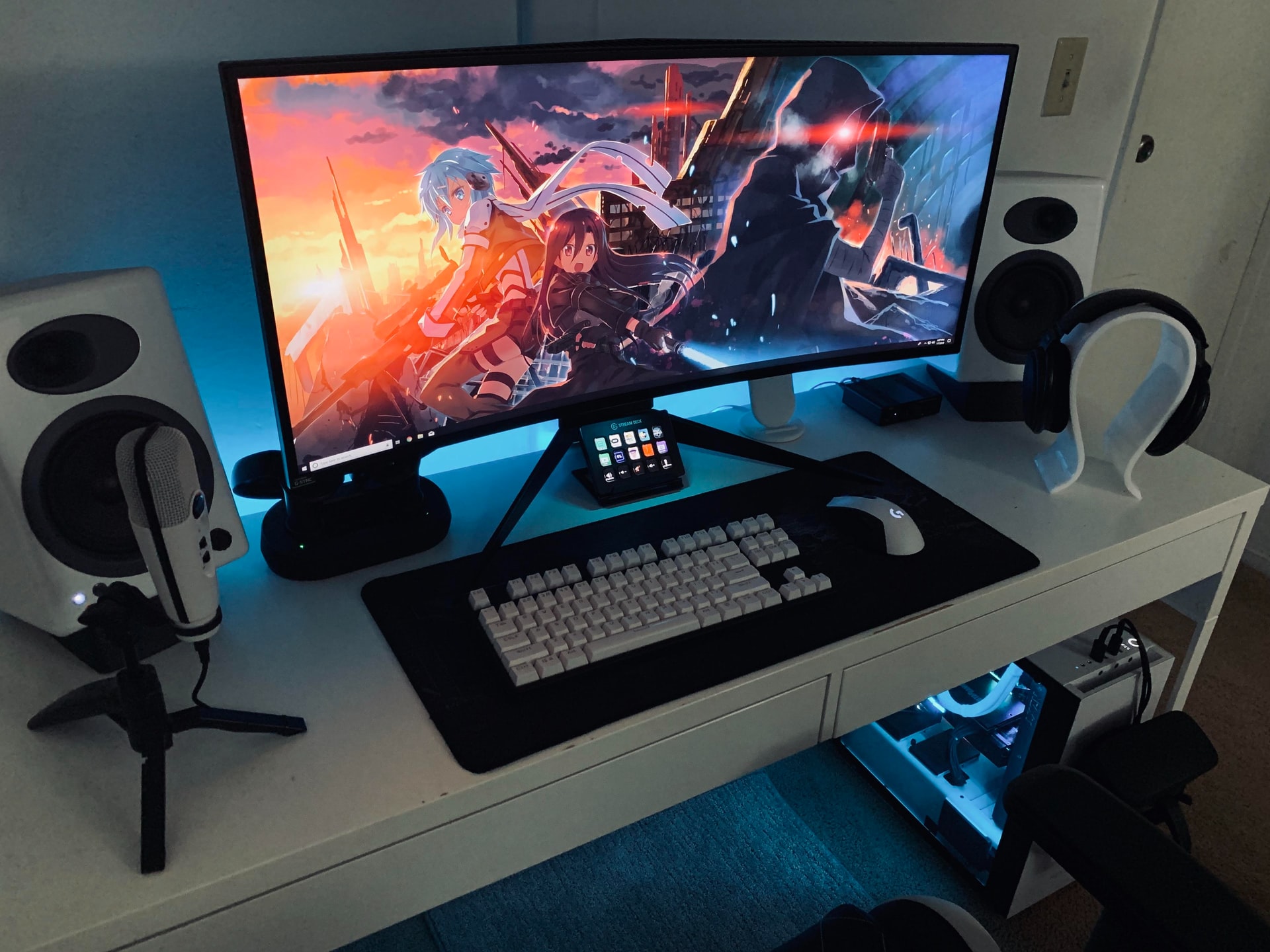It’s no secret that technology has come a long way over the years. When it comes to computer displays, the advancements are quite evident. Choosing the right display for your computer is essential to getting the most out of your device. A good one will make everything on your screen look sharper and brighter, while a bad one can make text difficult to read and pictures look fuzzy. If you’re in the market for a new display, it’s important to know what to look for. In this guide, we’ll go over everything you need to consider when choosing a high-quality display for your computer.
Understand Different Display Types
Before you start shopping for a display, it’s important to understand the available types. There are three main categories: LCDs, OLEDs, and QLEDs. LCDs are the most common type of display and are found in most laptops and desktop monitors. They use a backlight to create an image, which means they can be quite bright. However, they can also be prone to glare and reflections from surrounding light.
OLED displays are becoming increasingly popular due to their high-quality images and low power consumption. They work by lighting up each pixel, so there is no need for a backlight. This makes them thinner and more energy-efficient than LCDs. However, they can also be more expensive. QLED displays are a newer type of display that combines the best aspects of LCDs and OLEDs. Like OLEDs, they have individually lit pixels, which results in high-quality images with no glare or reflections. However, like LCDs, they are more affordable than OLED displays.
Understand Your Needs
Before you can purchase a display, you first need to understand your needs. What are you using your computer for? Are you a gamer? Do you watch a lot of movies or TV shows? The activities that you perform on your computer will help determine the type of display you need.
For instance, if you’re a passionate gamer or you do a lot of graphic design, you’ll need a display that offers high refresh rates and good color accuracy. This will ensure that your games look smooth and fluid. Many home office reviews found at PatchKnot.com suggest the Acer Predator XB241HU bmiprz gaming monitor as a great solution for gamers and creative professionals. However, If you’re mostly a casual user, and watch a lot of movies or TV shows, you’ll want to get a display with a high resolution so that the images look crisp and clear, so a standard LCD or LED display should work fine.
Consider the Size of the Display
The size of the display is another important consideration. The size of the screen will determine how much information you can see at once. Generally, displays come in three sizes: small, medium, and large. Small displays have a screen size of fewer than 14 inches, medium displays have a screen size of 14 to 17 inches, and large displays have a screen size of 18 inches or larger. If you’re looking for a display to use as your primary monitor, a medium or large size is a good option. If you’re looking for a display to use as a secondary monitor, or for travel, a small size will be more appropriate.
Consider the Resolution
The resolution is another important factor to consider when choosing a display. The resolution is the number of pixels that make up the image on the screen. The higher the resolution, the more pixels there are, and the sharper the image will be. Most displays today have a resolution of 1920×1080, also known as 1080p. If you’re looking for a high-resolution display, you’ll want to find one with a resolution of at least 2560×1440, also known as 1440p. The 4K resolution, which is 3840×2160, is becoming increasingly popular, especially for TVs. If you’re looking for a display for a home theater or gaming PC, or just want the best possible image quality, a 4K resolution is a perfect option.
Consider the Panel Type
The panel type is another important consideration when choosing a display. There are three types of panels: Twisted Nematic (TN), In-Plane Switching (IPS), and Vertical Alignment (VA). TN panels have the lowest response time, but they also have the lowest color accuracy. IPS panels have the best color accuracy, but they also have the slowest response time. VA panels offer the best of both worlds, with good color accuracy and a fast response time.
Consider Additional Features
There are some additional features that you may want to consider when choosing a display. These include things like built-in speakers, ports, and connectors. If you need a display with a lot of ports, you’ll want to make sure that the one you choose has plenty of them. And if you need a display with a high resolution, make sure that it has the appropriate connectors to support it.

Choosing a display can be difficult, but if you understand your needs and take the time to research your options, you’ll be able to find the perfect one for you. By considering the factors listed above, you’ll be able to find a display that meets your needs and fits your budget with no problem.





